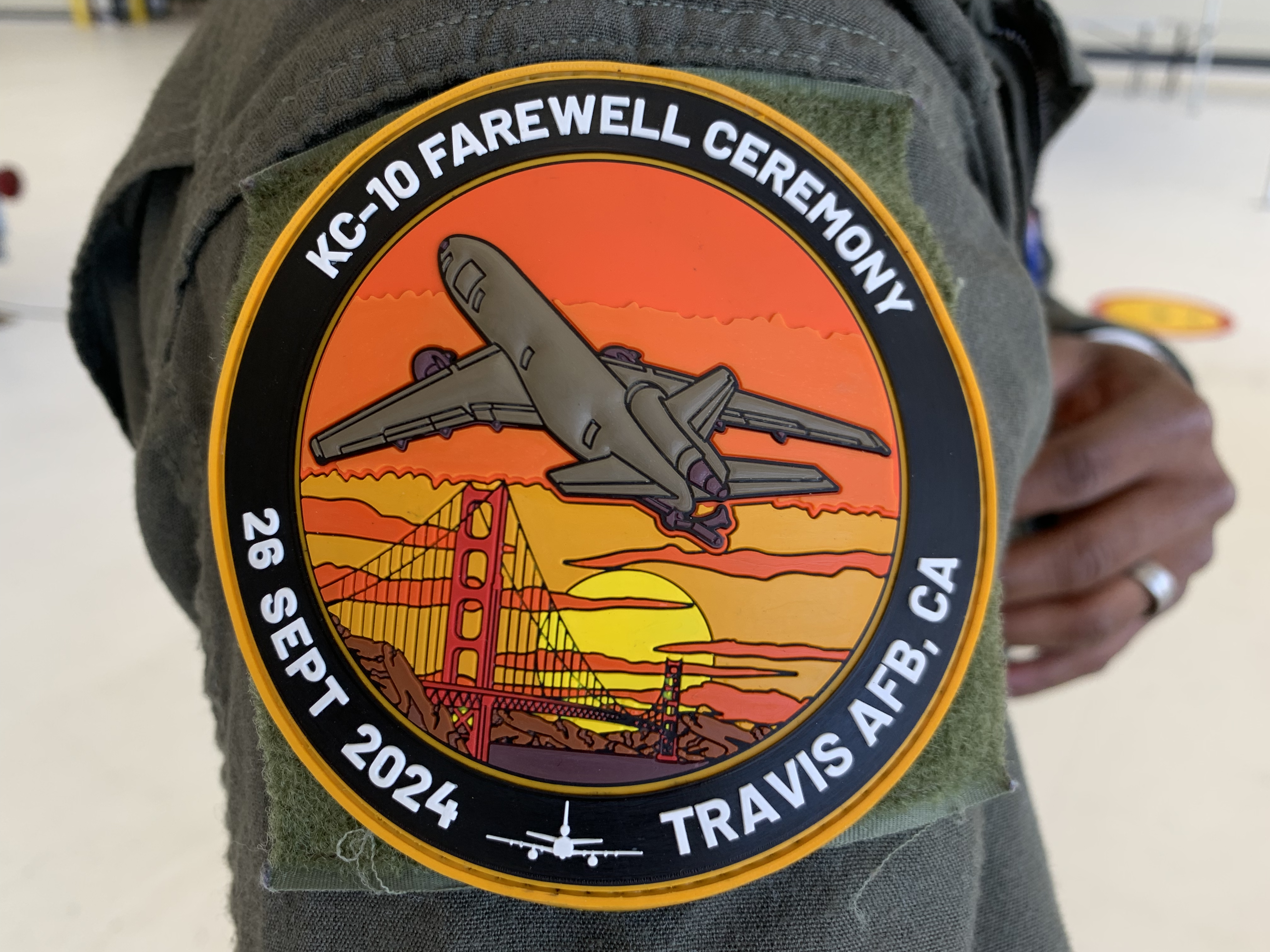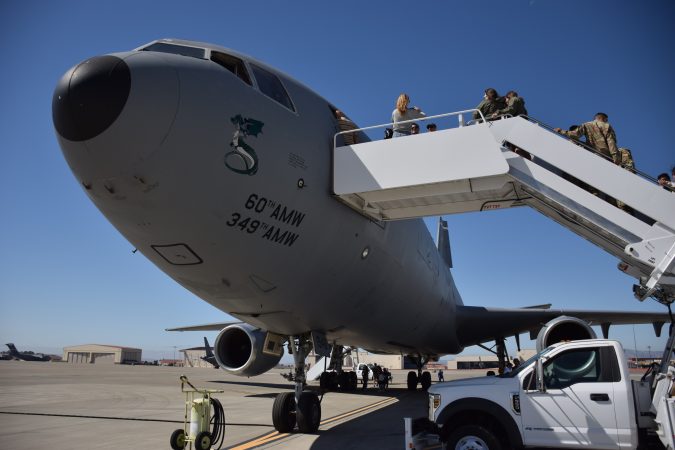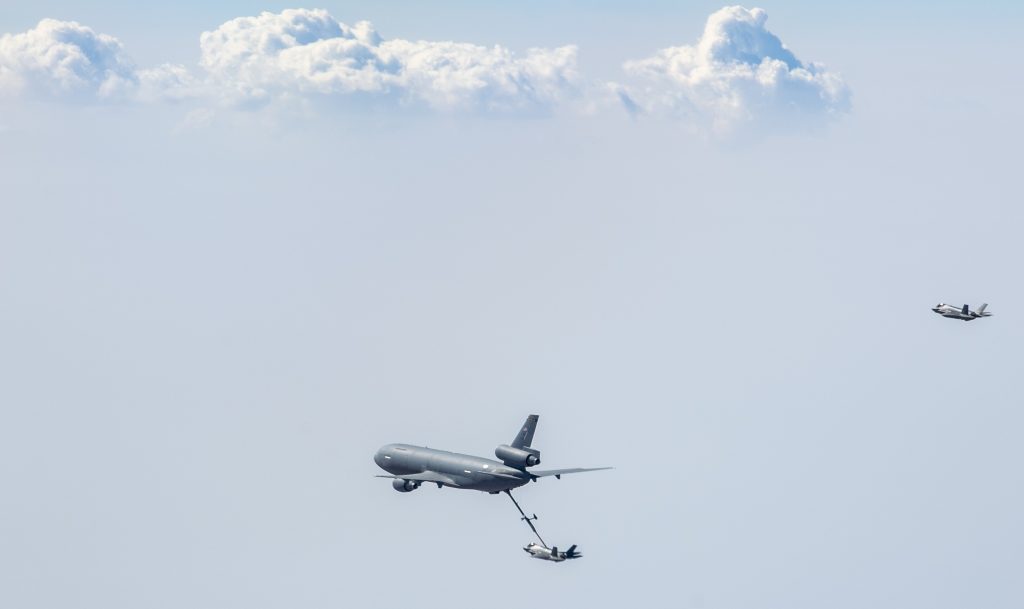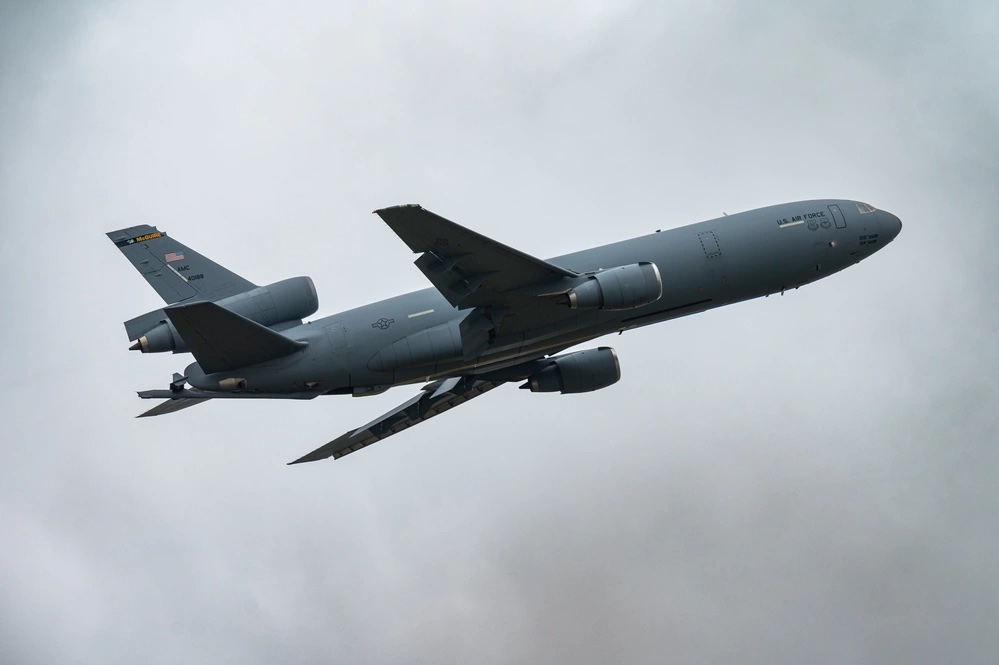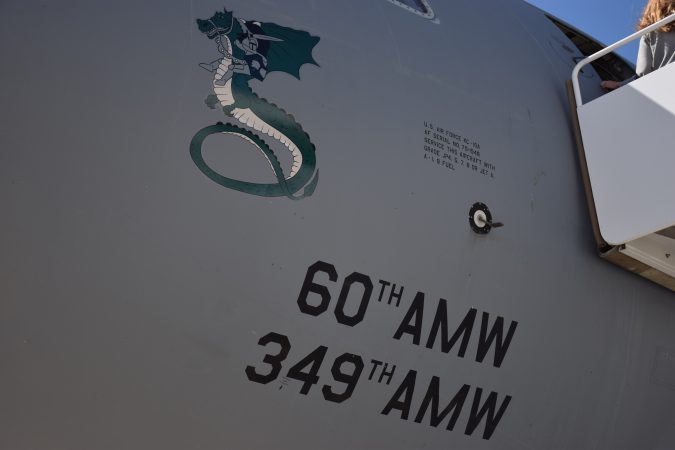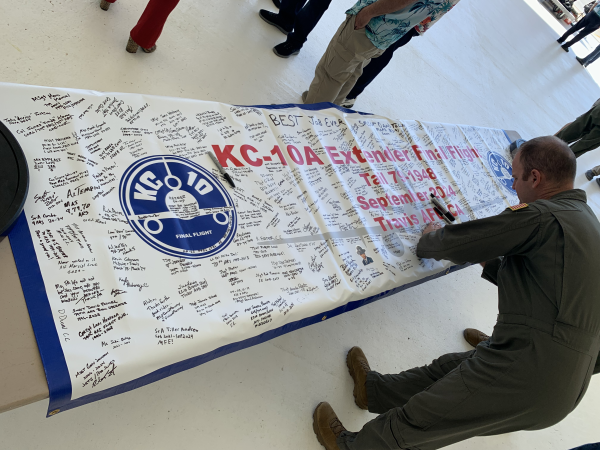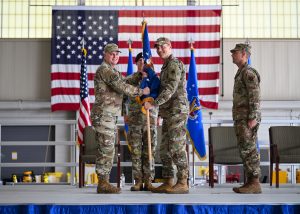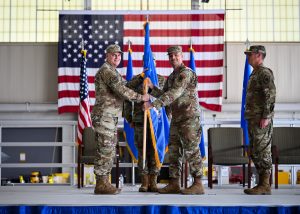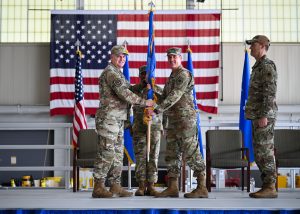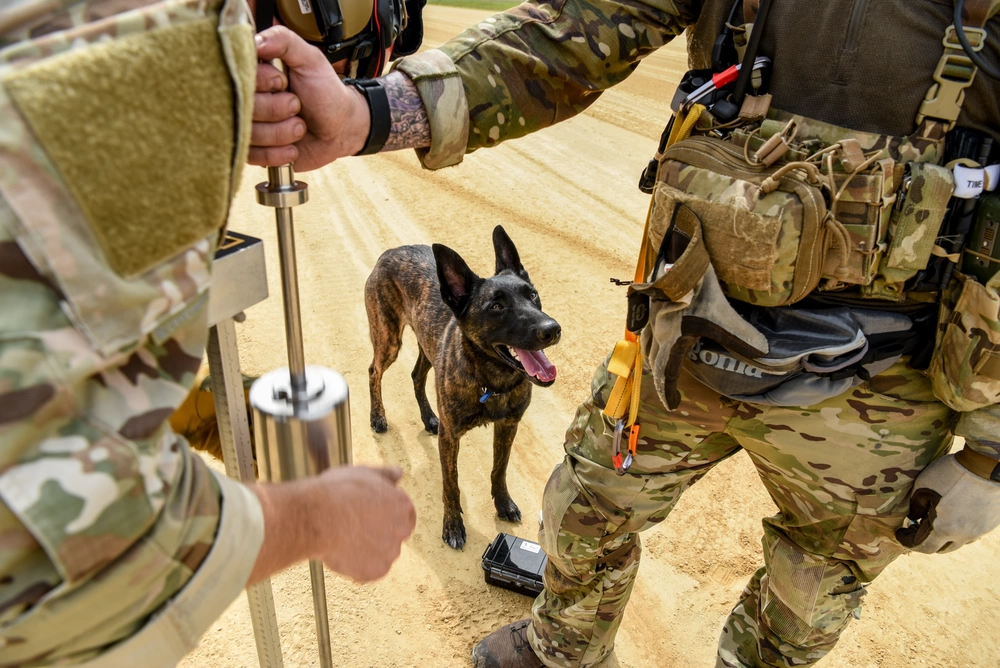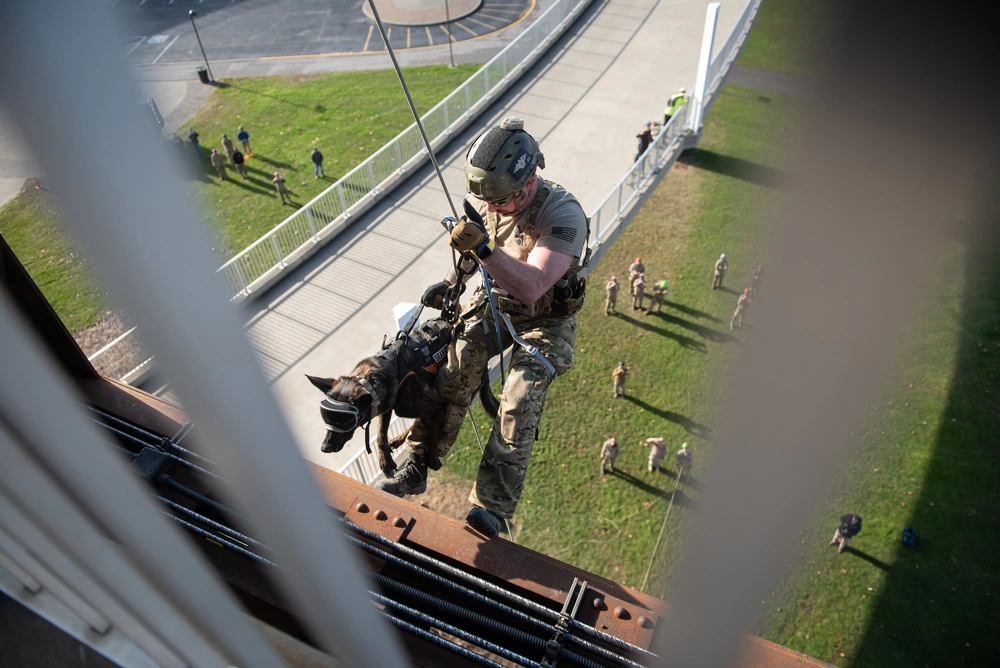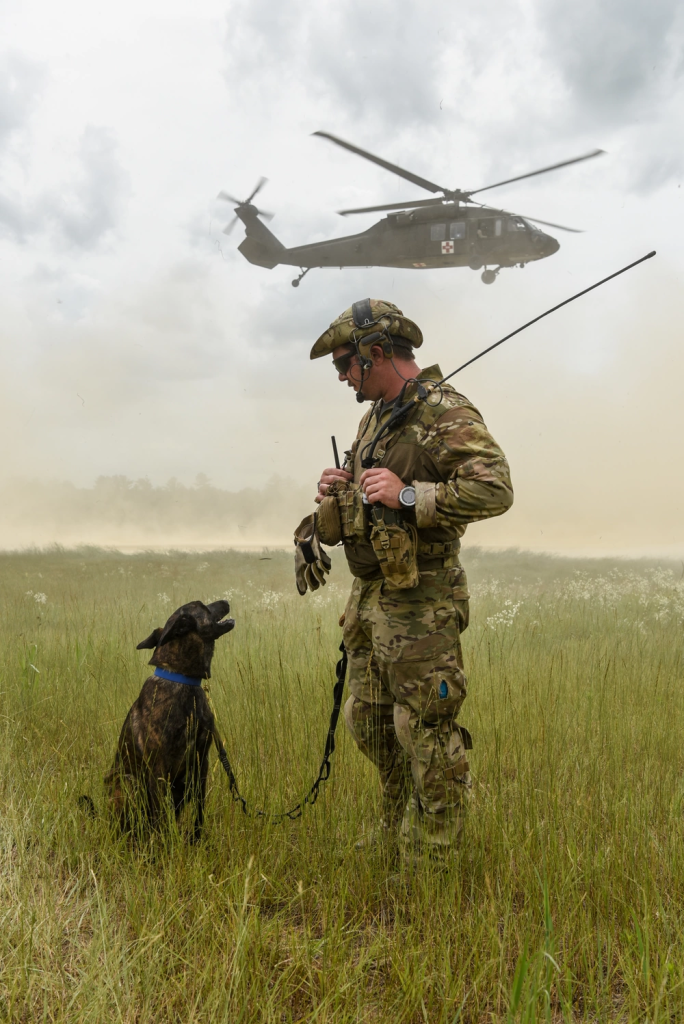U.S. military leaders must embrace flexibility, train the next generation, and hold themselves accountable if the Pentagon hopes to deliver cutting-edge weapons and vehicles to the battlefield in a timely manner, three former defense officials said in a report released Sept. 25.
The report, written in partnership with the Washington-based think tank Center for a New American Security, is the latest missive in a decadeslong endeavor to reform the defense acquisition’s famously sluggish enterprise to better respond to modern threats.
The report, authored by Michael Brown, former director of the Pentagon’s Defense Innovation Unit; Ellen Lord, the first undersecretary of defense for acquisition and sustainment; Robert Work, a former deputy defense secretary; and Andrew Metrick, a former defense fellow at CNAS, pushes the Pentagon to improve in both leadership and technical development to reach its goals.
Faced with the prospect of becoming embroiled in a fast-moving war with China or Russia that could render American combat tech obsolete within months, advocates are urging the Pentagon to build on its progress before the U.S. falls too far behind its adversaries.
“While the DOD is able to deliver relevant, urgent capabilities to U.S. warfighters at speed and scale from traditional and nontraditional sources with existing authorities, policies and procedures, it fails to do so in a regular, institutionalized fashion because of a risk-averse culture that often does not leverage existing options that are new, agile and responsive,” the report said.
Pentagon leaders must create a supportive culture of innovation that empowers product teams from government and industry with consistent funding and clear objectives, the report said. The department must grow more comfortable with pursuing quick wins rather than waiting for a more complex but capable solution to come to fruition. And the military should better understand the acquisition tools and partnerships at their disposal to move new ideas through the so-called “Valley of Death” to deliver them to real-life troops.
Some service members and military software-development shops have adopted those objectives piecemeal to bring their own ideas to fruition. But the Defense Department has been slow to adjust its broader culture to match, typically requiring that acquisition programs undergo a long process of planning and review rather than iterating on a basic solution. It can also be difficult to repurpose money to speedily develop something new when real-world conditions demand a pivot.
“In an environment characterized by multiple geopolitical threats to a rules-based world order, it is incumbent upon the DOD to continue evolving its business systems to allow emerging technologies to be applied to war fighting capability in a relevant timeframe,” the report states.
To solve the problem, the former defense officials want the Pentagon to mirror the tech industry rather than continue acquisition processes that can take decades to deliver a working product.
Their recommendations come as Silicon Valley and tech startups across the country are increasingly vying for a place in the defense-industrial complex, despite the culture clash that has put small businesses and the commercial tech sector at odds with government acquisition.
Senior leaders need to set clear metrics for projects and release public updates on their progress, the report said. The former defense officials hope doing so would set an example for lower-level leaders to embrace accountability as well.
Each military service should create new career opportunities by rotating “promising individuals” through jobs in operations, research and development, and acquisition, the report also recommended. Doing so can help streamline each part of the process and illuminate ideas that more-siloed workers might not have otherwise seen.
The Defense Department must also pursue “iteration and adaptation” rather than perfection, and allow the offices that manage systems development to “address the art of the possible,” the former leaders argued.
“This action is only possible if Congress provides flexible and timely funding that allows the DOD to move funds in the year of execution,” they wrote.
To understand what’s on the line, the report noted, Ukraine’s defense against Russia stands as a stark example.
The beleaguered nation has kept Russia’s much larger military from seizing vast swaths of Ukrainian territory by rushing new capabilities to the front lines. By eschewing the red tape that slows military development, Ukrainian forces have wielded commercial drones for intelligence-gathering missions and enemy targeting and repurposed Jet Skis as fireships—significantly cheaper and faster options than seeking new tech tailor-made for those missions.
The report noted that the U.S. also has a history of thinking outside the box in wartime—but that it needs to do so all of the time.
“While a war in the Indo-Pacific is likely to require some systems that are different than those in Ukraine, the United States must drive similar responsiveness and urgency into its capability development processes,” the report states.
The report is a product of a defense technology task force launched by CNAS in October 2023 and chaired by Brown, Lord, and Work. Their recommendations come as the Air Force undertakes a sweeping reorganization that aims to streamline the bureaucracy that can doom fresh software and hardware initiatives.
A new Integrated Capabilities Command will try to better meet the needs of combat units around the world by considering their real-world requirements in advance and bridging the gap between first developing a system and upgrading it over the long term.
But the Air Force has already had success in units that break the mold. The report hailed the achievements of the Air Force Rapid Capabilities Office, which helps launch technologically advanced, secretive aircraft like the X-37B Orbital Test Vehicle and the B-21 Raider bomber.
RCO leaders prize “product over process” by empowering low-level employees to take chances, allowing the team to directly connect with senior leaders and governing through a board of directors rather than the typical acquisition chain of command, the former defense officials noted.
“These examples demonstrate that an empowered product team—those staffed with the right talent with access to senior leadership—can deliver impactful capabilities that meet clear warfighter needs on time and at scale,” they wrote.


